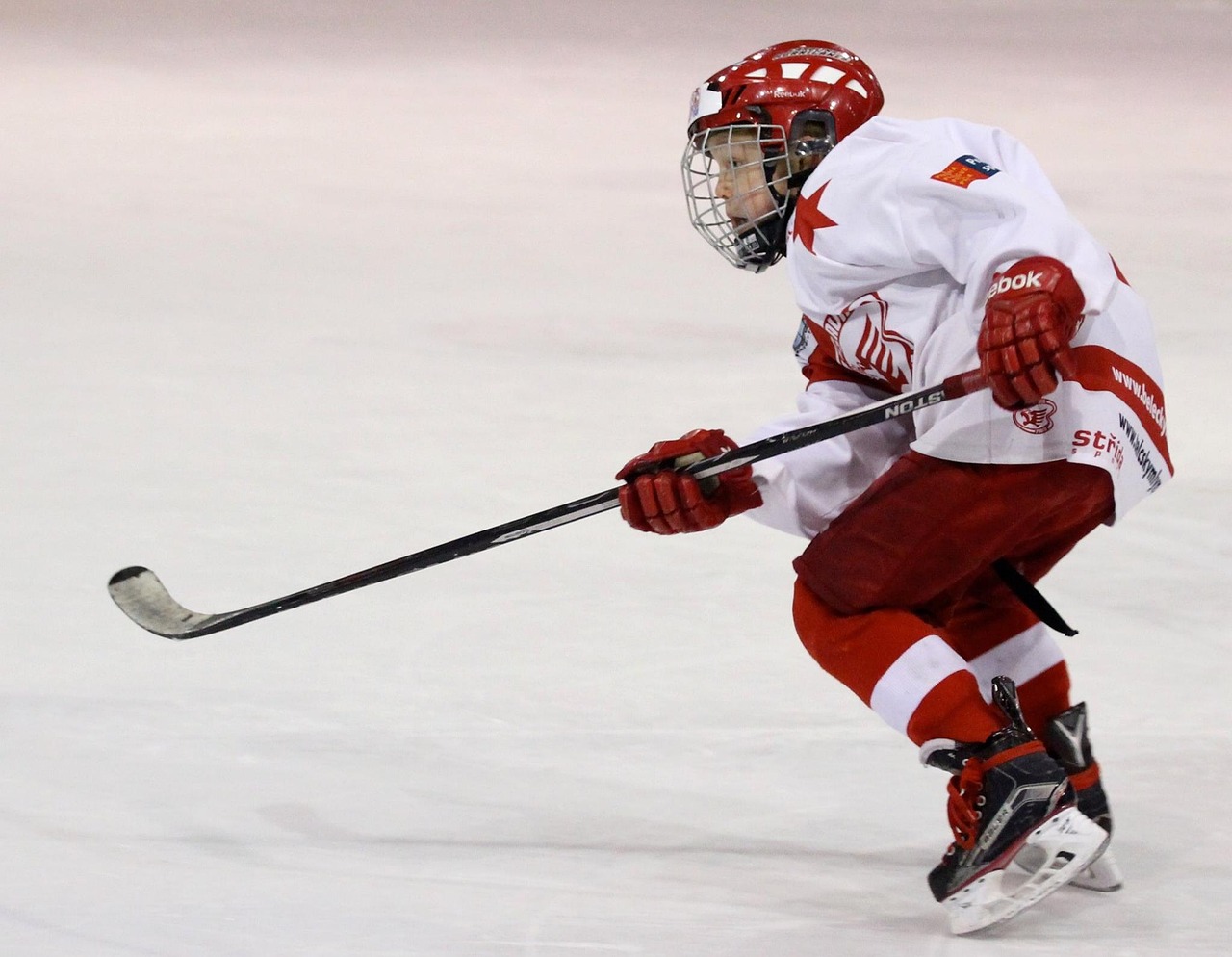
Gavin McKenna’s Commitment Changes Hockey Landscape
Gavin McKenna’s decision to commit to Penn State University marks a pivotal moment in hockey development pathways. As the projected No. 1 pick in the 2026 NHL draft, McKenna’s choice to leave Canadian junior hockey for NCAA Division I hockey challenges traditional routes for elite prospects. After scoring 129 points in 56 games with the Medicine Hat Tigers, his move reflects the evolving relationship between the NCAA, Canadian Hockey League (CHL), and the NHL, especially following the NCAA’s 2024 rule change allowing CHL players to retain college eligibility.
Pros of NCAA Path for Elite Prospects
NCAA hockey offers several development advantages for players like McKenna. Playing in the Big Ten conference means competing against older, bigger, and more experienced athletes, which can accelerate physical and mental growth. The NCAA schedule, with fewer games than the CHL, provides players more time to train and develop skills off-ice. Additionally, college athletes can now benefit from name, image, and likeness (NIL) deals, with McKenna reportedly receiving around $700, 000 at Penn State—significantly higher than offers from other schools like Michigan State. This financial incentive, combined with high-level competition and academic opportunities, creates a compelling package for top prospects.
Cons of NCAA Path Compared to CHL Development
Despite these benefits, the NCAA route has drawbacks when compared to the CHL. The CHL offers a more rigorous schedule resembling the NHL grind, with players competing in many more games per season. This intense game experience better prepares players for professional play’s physical and mental demands. The CHL’s billet system, where young players live with host families, provides essential support and life skills that some argue the college environment lacks. Critics like WHL commissioner Dan Near note that while NCAA hockey is a viable option, the CHL’s 50-year track record of developing NHL talent remains unmatched, evidenced by 21 of the first 32 picks in the 2025 NHL draft coming from Canadian juniors versus five from U. S. colleges.
Benefits for Penn State Hockey Program
McKenna’s commitment is a major win for Penn State’s hockey program, which has steadily grown since joining Division I in
2012. The program boasts a new state-of – the-art arena, Big Ten tournament wins, and a recent Frozen Four appearance. McKenna’s arrival elevates Penn State’s profile, potentially making it a destination for top-tier talent. His projected status as a future NHL star could bring long-term branding value, especially with NIL deals signaling financial commitment from the university. Coach Guy Gadowsky credits McKenna’s pioneering mindset in choosing Penn State despite other options, indicating the program’s rising stature.

Challenges for NCAA Players Entering NHL
Transitioning from NCAA hockey to the NHL is not without challenges. Younger NCAA players often face older teammates with NHL aspirations, making immediate ice time and role acceptance difficult. The college environment demands balancing academics, training, and competition, which can be a complex adjustment. Some players may find themselves returning to junior hockey if they struggle to fit in or get sufficient playing time. Moreover, while NIL deals provide financial incentives, experts like Tony Granato emphasize that top prospects like McKenna will earn far more once in the NHL, so development and respect within the program weigh heavily in their decisions.
Changing Talent Pipeline and Future Outlook
McKenna’s path may signify a new hybrid pipeline for NHL prospects: starting in Canadian juniors for early development, then moving to NCAA hockey before the draft or shortly after. This approach allows players to maximize competitive exposure while preserving eligibility and benefiting from college-level resources. While the CHL remains dominant in producing NHL talent, the NCAA’s evolving rules and financial landscape open doors for more prospects to choose college hockey. Analysts like Craig Button view this as expanding options rather than diminishing the CHL’s role, forecasting a more flexible and player-focused development environment in the coming years.
Strategic Summary of Development Choices
Choosing between CHL and NCAA hockey involves weighing key factors: CHL offers more games and a professional-like schedule with strong community support through billet systems, ideal for players seeking early professional readiness. NCAA hockey provides a balanced schedule, older competition, academic opportunities, and lucrative NIL deals, appealing to players focused on holistic development and long-term growth. McKenna’s decision exemplifies a strategic evaluation of these pros and cons, highlighting how evolving rules and financial incentives are reshaping hockey’s development landscape for elite young athletes.
